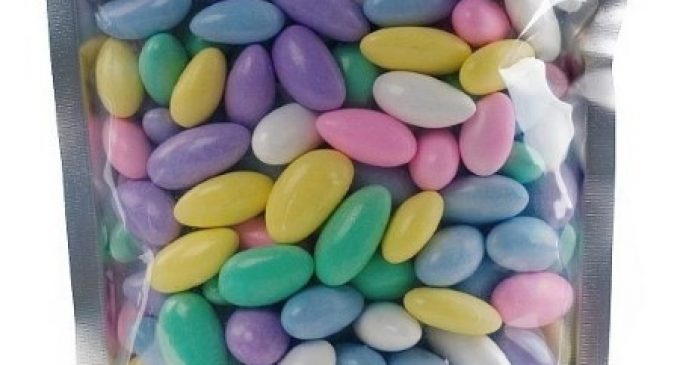Reaching packaging machinery sustainability goals

Richard Pether, director of Rotech – designer and manufacturer of offline advanced carton feeding systems – reflects on the role that sustainability plays in the packaging machinery market and innovative ways in which manufacturers can switch to more resource efficient solutions that respect and value the environment.
These days sustainable manufacturing is taking centre stage, driven by both the market and regulation. In the recent Lloyds Bank Global Ambitions report on the food and drink industry (2015)* 36% of respondents believe that sustainability will prove the most significant issue for the sector. What’s more, the survey reveals that 50% plan to work in partnership with their supply chain to strengthen innovation in research and development.
Even so, some companies are convinced that ploughing more efforts into sustainability could erode their competitiveness. They believe it will add to costs and will not deliver immediate financial benefits. However, that’s simply not the case. In Rotech’s experience, sustainability does yield bottom line and top line returns by enabling manufacturers to go after new lines of business.
As a process, packaging is largely driven by retailers. Although these retailers aren’t the end users of packaging machinery, the supply chain comprises many interdependencies and it is the retailers that have the market pull. Yet they look to manufacturers for the technology push. This is where machinery suppliers can assist FMCG manufacturers, providing efficient automation equipment to reduce carbon footprint, conserve resources and minimise waste.
With the economy strengthening and higher consumer disposable income, demand for packing in a variety of formats continues to rise. For the green champions, this might create some backlash with regard to waste. However, in terms of landfill, it’s not the packing containers, but usually the things inside that have a far greater environmental impact. Providing the most appropriate packaging is chosen it can actual prevent waste providing a protective barrier during transportation.
For manufacturers, the sheer volume of packaging formats means that machinery needs to be adaptable and this too spurs growth.
Coding packaging before filling is one area where Rotech customers are increasingly moving towards as a result of small to medium order volumes. This is especially prevalent in stand up doy style pouches, as by coding pouches offline before they are filled, they can be brought to the
production line ready printed. This offers considerable quality advantages as coding the pouch in its flat form results in a consistently clear, perfectly positioned code, thus helping to minimise waste.
The trend to code offline is not just limited to primary packaging packs but secondary too. With shelf ready packaging on the rise, the ability to mark-up secondary packaging offline meets a growing need in today’s grocery market. The emerging retail channels of discount, convenience and online will account for all the growth over the next 10 years as conventional supermarkets decline**. For many food operators, it’s resulting in more complex logistic operations with demand for mixed cases and little-and-often deliveries to a wider range of locations growing.
The new RF-Box Feeder enables the fast, efficient feeding of secondary packaging such as flat boxes and cartons into and out of labelling and coding systems. This offline, stack-to-stack feeder enables users to pre-mark flat cases prior to erection and filling with customised data such as promotional messaging or special pricing. Rates vary depending on the box length and chosen marking technology, but typically range from 50 to 150 boxes per minute.
Deploying offline technologies like these also gives manufacturers greater control over stock levels. Less warehouse stock holdings not only cuts storage space, but also means there is less inventory to manage and reduces the spoiling of perishable goods.
Another growth market is display packaging. Sophisticated shapes are being developed In order to lure consumers. Whilst these new designs add shelf appeal, they do cause coding headaches for factory and equipment engineers. Tasked with figuring out the machine practicalities, engineers are balancing the legal requirements, ensuring clear and correct presentation of batch codes, use by dates and traceability codes with keeping both the brand marketers and retailers happy.
From a coding technology point of view, acting sustainably is crucial but of equal importance is overall cost of ownership. With the latest thermal inkjet, nasty solvents typically associated with continuous inkjet printers are eliminated and energy savings are made as the printer only runs as and when needed.
Being more sustainable is clearly more than just a watchword. Like many, our view is operational innovations, especially automation, have a key role to play in addressing the future packaging agenda. However, it is more than just environmental stewardship. From a machinery perspective, sustainability is about quality, optimizing the lifespan of your equipment (consequently boosting ROI), uncovering the most resource efficient path and introducing processes that will enable you to respond faster to new market demands.


































